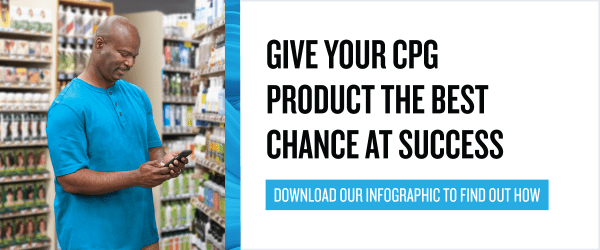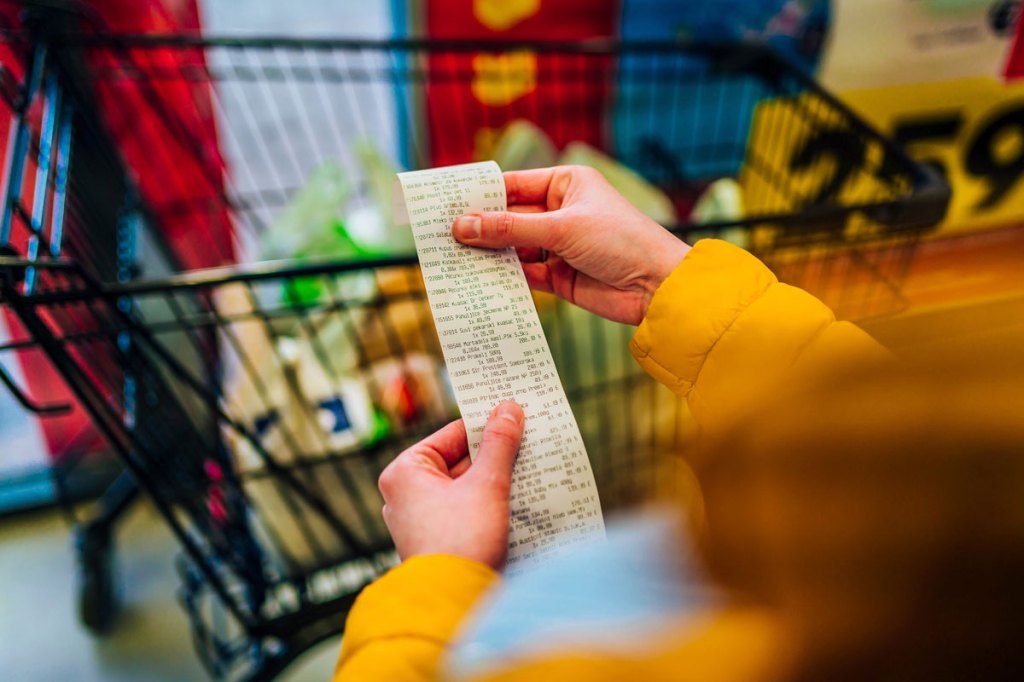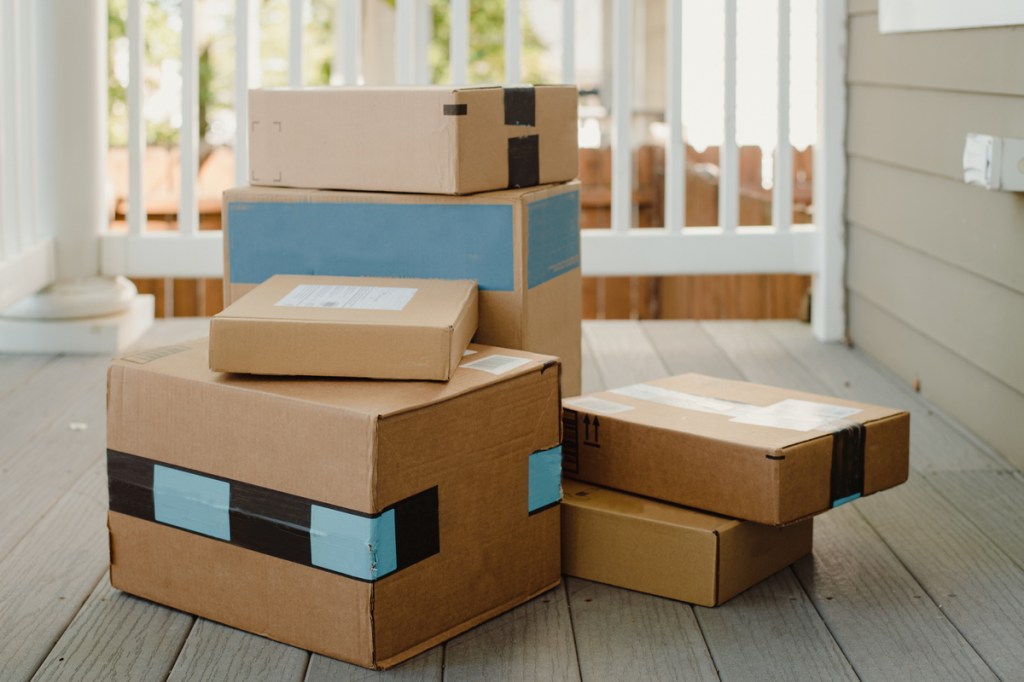The price and promotion of a consumer packaged goods (CPG) product can make or break its success. Price can directly affect a product’s ability to sell, and at what velocity. And promotions have the ability to influence consumers’ purchasing decision in a particular moment. Combined, these two factors can significantly impact a product’s success on and off the shelves.
Despite their importance, CPG manufacturers—particularly new, small or mid-sized manufacturers—will often outsource their pricing and promotion strategies to the retailers they sell to. There are many reasons for this, but it typically boils down to manufacturers not being in control of key strategic decisions that affect their products. This is due to a lack of information and a perceived lack of negotiating standing.
But it doesn’t have to be this way.
Here are some common obstacles CPG manufacturers face when negotiating their pricing and promotions with retail buyers and how to overcome them:
Challenges that hinder effective CPG pricing and promotion negotiations
- Hands are tied: A manufacturer may feel they don’t have negotiating power to dictate what price their product(s) should be listed for on a retailer’s shelf, or that they don’t have any say in the in-store promotion of their product.
- Lack of data: CPG manufacturers might not have account level data on a retailer’s (and a retailer’s competitors) pricing and promotional strategies. Without these insights, it’s difficult for CPG manufacturers to make a business case or stronger argument to support their product’s pricing and promotion.
- Reactive vs. proactive goals: Some manufacturers adopt a reactive approach to goal-setting, setting goals based only on internal sales figures because that’s all they might have access to. But without insights into the broader market such as sector size, category potential, and competition, it’s difficult for them to set proactive growth goals and equally difficult to influence price and promotion discussions accordingly.
- Complex retailer policy: Some retailers might specify that if a manufacturer’s product is on its shelf, a certain amount of promotional activity must be undertaken per year. For example, lowering a product’s price during a certain time period or paying for ad space in a retailer’s circular. Some retailers might not require any trade spend at all. These varied and complex retailer policies can make it difficult for CPG manufacturers to navigate pricing and promotion discussions with consistency.
How manufacturers can overcome obstacles in pricing and promotions
Here are three strategies CPG manufacturers can use to boost their negotiating power when it comes to pricing and promotion discussions with retail buyers:
1. Know the facts about your product: Manufacturers need to know how well their product sells when it’s on promotion versus when it’s not. These insights can help answer questions around what price point works best, how often promotions should run, a promotion’s positioning and type (e.g., ads vs. temporary price reductions), and even to what extent a product’s price should be reduced during promotional periods. This allows manufacturers to be more proactive in their discussions with retail buyers.
Example: A CPG manufacturer is discussing price with Retailer X. The manufacturer has a high-end, premium sunscreen product and is trying to ensure that Retailer X offers it at a price point of $15. But typically, Retailer X’s consumer tends to not be a high-dollar buyer in comparison to other retailers. Furthermore, Retailer X currently doesn’t stock any sunscreen at that price point. But the manufacturer has sales data from a similar retailer in the same region proving that the $15 price point was highly effective. So Retailer X places the sunscreen on the shelf for $15.
2. Understand how context affects promotions: There are a variety of factors at play when it comes to the success of promoting a product. It’s important for CPG manufacturers to be aware of any external factors that could impact a promotion. Otherwise, they won’t be able to accurately attribute success and inform future promotional strategies.
Example: A promotion is underway for a cough and cold product at Retailer Y’s Chicago store. The product sells more during the promotion period, but there’s also unseasonably cold weather in Chicago over that time. CPG manufacturers should ensure they are aware of contextual situations like this, so they don’t skew ROI calculations. This way, they’ll be in a better position to more accurately attribute sales to promotional efforts in the future.
3. Be strategic about promotion type: Understanding what type of promotion (ads, displays, price reductions etc.) drives the best ROI can help inform future promotional strategies. If a promotion isn’t working effectively, it’s beneficial for both the manufacturer and the retailer to get smarter and more tactical about how promotional dollars are spent.
Example: A manufacturer of a new health food product is sold into Retailer Z. Retailer Z requires a trade spend of $150,000 per year and decides to allocate that $150,000 to display promotions throughout the year. But at the end of the year, the manufacturer found, through external data, that the display promotions only drove an incremental sales increase of $10,000. The manufacturer can go back to Retailer Z with those findings and suggest they work together to get smarter about promotions. More often than not, Retailer Z will be happy to facilitate the discussion as it will lead to higher profits for both parties.
As pricing and promotional strategies are key to a product’s success, manufacturers can’t leave this aspect of their business up to the retailer alone. And while there are potential obstacles in the negotiating process, CPG manufacturers have the ability to overcome them.
To do that, they need to arm themselves with the right data, understand how context can affect promotions, and be strategic about the promotion type for their product. NielsenIQ helps small and midsized CPG manufacturers set their growth goals and make informed business decisions, through affordable, easy-to-use retailer-preferred measurement data.
Give your CPG product the best chance at success
Price and promotion are just two aspects of a successful product: CPG manufacturers also need to come prepared to retail buyer meetings.
At your next retail buyer meeting, be ready to discuss a range of topics, from who your consumers are to how the market is performing. Check out our infographic for some tips: How to Prepare for a Retail Buyer Meeting in 5 Easy Steps.





